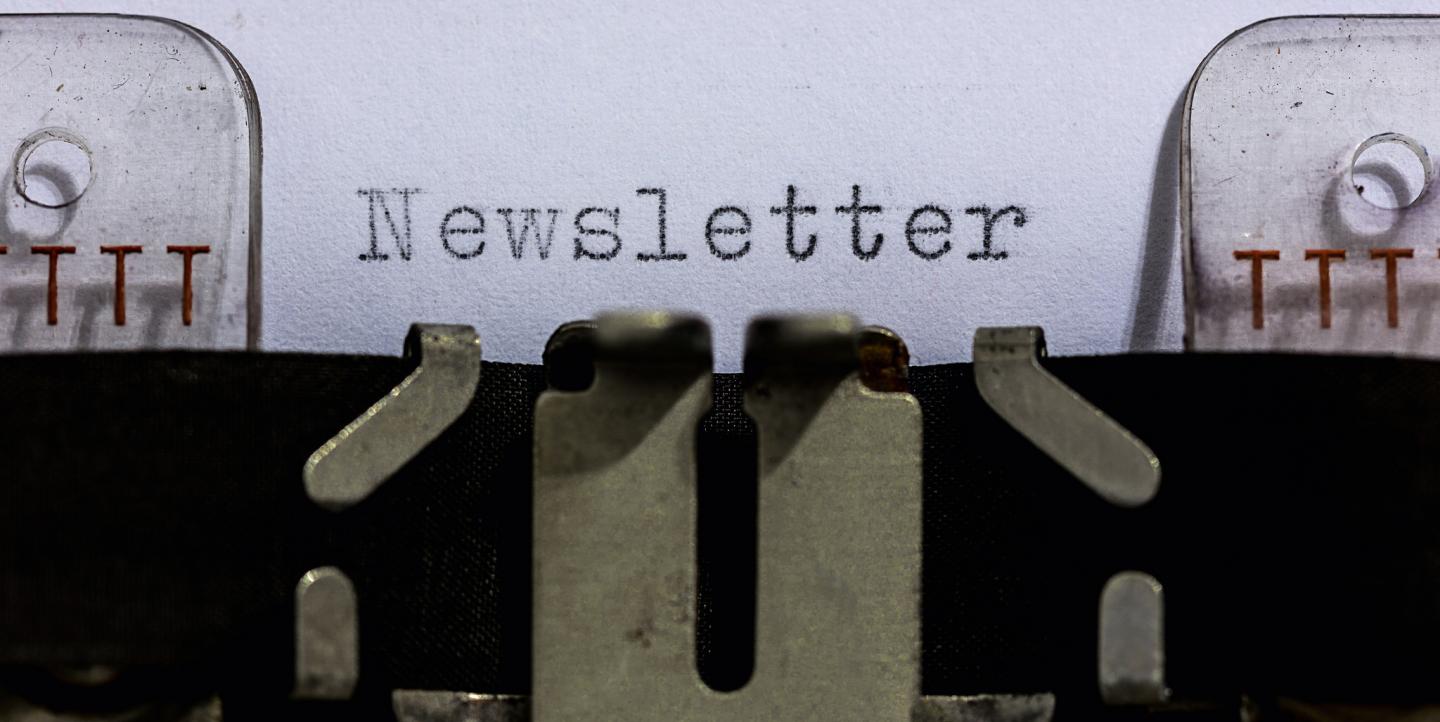Amid the social media clutter and constant influx of information, digital publishers are turning their attention to an old form of distribution: email newsletters.
Digital news publisher BuzzFeed announced the launch of its first newsletter, and Vox recently experimented with the format of its own email digest. The Skim newsletter, published by two former NBC producers, has recently raised US$6.5 million from a group of venture capitalists. And giant tech sites likes TechCrunch are dedicating major website real estate to prominent newsletter “subscribe” buttons.
“An email can come at a predictable time of day and at a limited length, so it's something people find manageable in an era of information overload," Gideon Lichfield, senior editor at Quartz, whose newsletter has 110,000 subscribers, told IJNet.
In its 2015 Tech Trends Report, Webbmedia group named newsletters a trend to watch in the one-to-few-publishing category. “Dozens of newsletters, including Media REDEF have been backed by investors – even though comparatively they have smaller audience,” the report said.
The growth "is a reaction to the fact that there is too much stuff, and the algorithmic curators aren't doing a good enough job," Webbmedia founder Amy Webb told journalism.co.uk.
“I think one of the most important features of a successful email newsletter is that it has a very strong personal voice, in the sense that you know what to expect from it," wrote Mathew Ingram of the recently shuttered Gigaom. "Five Interesting Things, for example, which is put together by Fusion editor and former Atlantic staffer Alexis Madrigal, is a selection of interesting links with descriptions that make you feel like he chose them just for you."
Tips for better newsletters
Publications that put out newsletters still have to compete for readers' attention. Successful newsletters “make it short and snappy and give it a voice," Quartz's Litchfield said.
Quartz explained on its Tumblr how it simplified the registration process and doubled its number of subscribers to 110,000. Among Quartz's tips for publishers:
- Require only an email address for signup
- Move away from a double opt-in system (which requires users to click a link in an email to fully activate a subscription) toward an opt-out (subscriptions are automatically active unless a user unsubscribes)
- Allow for optional marketing fields that won't slow down a potential subscriber who wants to skip them
Among the popular formats for sending newsletters are Mail Chimp, Constant Contact and Emma.
There are a number of media-focused newsletters out there. Here are a few worth checking out:
- Muckrack analyzes what journalists are saying on a daily basis
- Media REDEF delivers a mix of media and tech news
- Next Draft analyzes the day’s top news stories in an entertaining way
- American Press Institute sends updates on the media industry's latest developments
Don't forget to sign up for IJNet's weekly bulletin, which hits inboxes every Monday.
Main image CC-licensed by Flickr via Dennis Skley.


